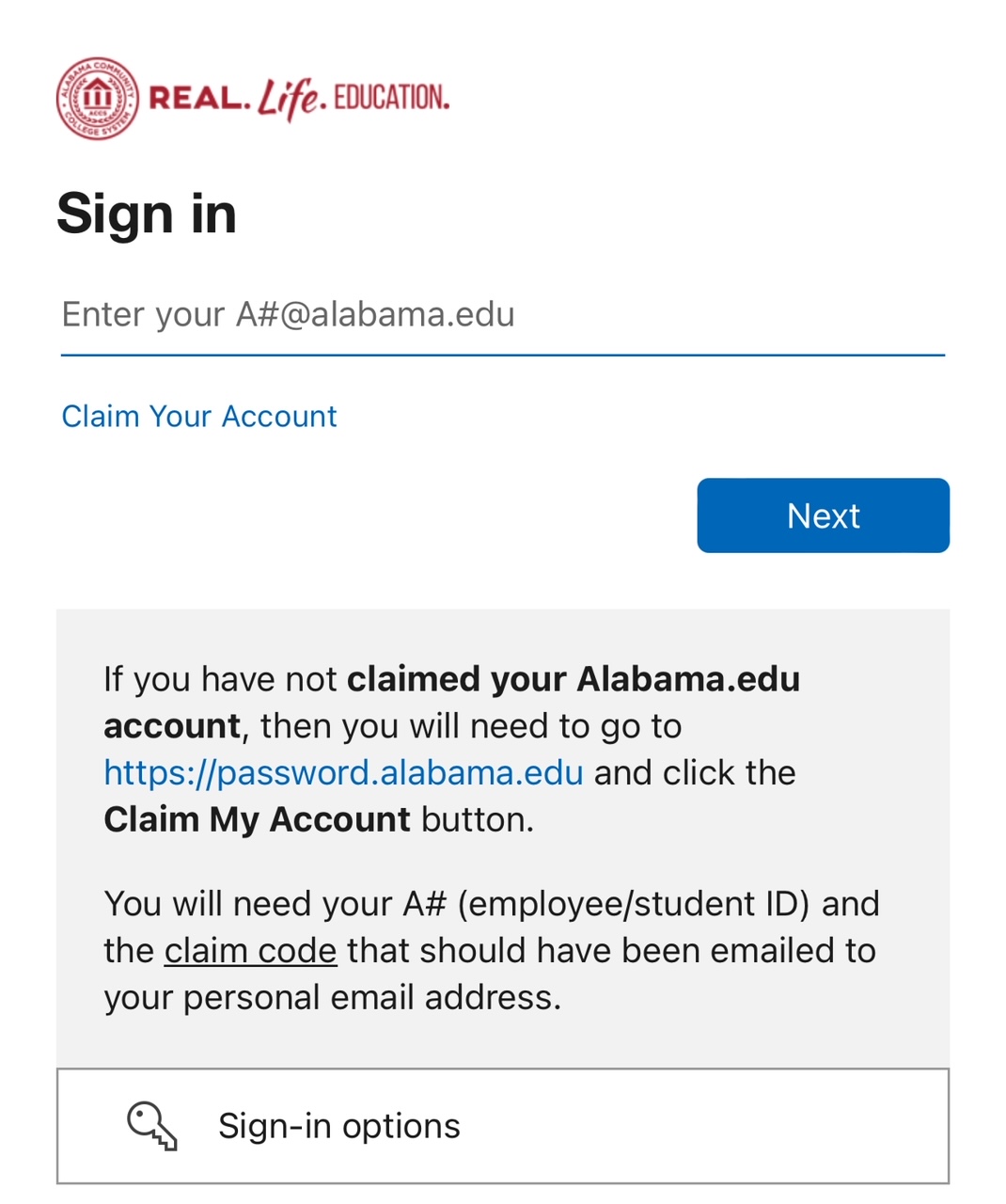General Formatting Guidelines:
Students should follow the 9th Edition Publication of the Modern Language Association (MLA) guidelines when writing academic papers.
Perdue Online Writing Lab (OWL) is a great resources to aid in citing different materials and understanding general layout and citation requirements.
The MLA Style Center also offers a variety of resources for formatting your research.
1. General Paper Format:
- Font: Use a legible font like Times New Roman with a size of 12-point.
- Margins: Set 1-inch margins on all sides (top, bottom, left, right).
- Spacing: The entire paper, including any works cited page, should be double-spaced.
- Indentation: Indent the first line of each paragraph by 0.5 inches (usually one tab).
- Page Numbers: Include page numbers in the top right corner of each page, aligned with the margin, with your last name before the number (e.g., "Smith 1").
- Alignment: Left-align the text and do not justify the lines (text should have a ragged right edge).
2. Header:
- In the upper left corner of the first page, include your:
- Your Name
- Instructor’s Name
- Course Name
- Date (in day-month-year format, e.g., 14 October 2024)
- This information should be double-spaced.
3. Title:
- After the header, on a new line, center the title of your paper.
- The title should be in regular font (no bold, underline, or italics unless referring to another work).
- Use Title Case (capitalize major words, not prepositions, conjunctions, or articles unless they are the first word).
4. In-text Citations:
- Parenthetical citations should include the author’s last name and the page number (e.g., (Smith 23)).
- If you mention the author's name in the sentence, only include the page number in parentheses (e.g., Smith argues that… (23).).
5. Works Cited Page:
- Begin the Works Cited list on a new page.
- Center the title "Works Cited" at the top (no bold or underline).
- Use a hanging indent for each entry (the first line is flush left, and subsequent lines are indented by 0.5 inches).
- The list should be alphabetized by the authors' last names.
6. Quotations:
- For short quotations (fewer than four lines of prose or three lines of poetry), enclose them in quotation marks within the text.
- For long quotations (more than four lines of prose), format as a block quote:
- Begin on a new line.
- Indent the entire quote 1 inch from the left margin.
- Do not use quotation marks.
7. Capitalization and Italics:
- Capitalize all major words in titles of works (books, articles, etc.).
- Use italics for titles of longer works (books, plays, films).
- Use quotation marks for shorter works (poems, short stories, articles).
Works Cited Examples:
1. Book (One Author):
Format:
Last Name, First Name. Title of the Book. Publisher, Year of Publication.
Example:
Smith, John. The Art of Writing Fiction. Penguin, 2018.
2. Book (Multiple Authors):
Format:
Last Name, First Name, and First Name Last Name. Title of the Book. Publisher, Year of Publication.
Example:
Johnson, Susan, and Robert Lee. Modern Literature Studies. Oxford University Press, 2020.
Note: If there are more than two authors, list only the first author followed by et al.
Example:
Brown, Laura, et al. Advanced Writing Techniques. Cambridge University Press, 2021.
3. Journal Article (Print):
Format:
Last Name, First Name. "Title of the Article." Title of the Journal, vol. number, no. number, Year, pages.
Example:
Lee, Margaret. "Exploring Narrative Styles in Modern Fiction." Journal of Literary Studies, vol. 24, no. 2, 2019, pp. 134-150.
4. Journal Article (From an Online Database):
Format:
Last Name, First Name. "Title of the Article." Title of the Journal, vol. number, no. number, Year, pages. Name of Database, DOI or URL.
Example:
Jackson, Emily. "Women’s Rights in the 21st Century." Feminist Studies Review, vol. 45, no. 1, 2023, pp. 101-123. JSTOR, www.jstor.org/stable/10.1234/jst012345.
5. Website:
Format:
Last Name, First Name (if available). "Title of the Webpage." Title of the Website, Publisher (if different from the website title), Date of publication, URL.
Example:
Davis, Michael. "Shakespeare's Influence on Modern Drama." Literary Insight, 12 June 2022, www.literaryinsight.com/shakespeare-modern-drama.
6. YouTube Video:
Format:
Author or Creator. "Title of the Video." YouTube, uploaded by Uploader (if different from the author), Date, URL.
Example:
TEDx Talks. "The Future of Innovation." YouTube, uploaded by TED, 5 May 2021, www.youtube.com/watch?v=abcd1234

